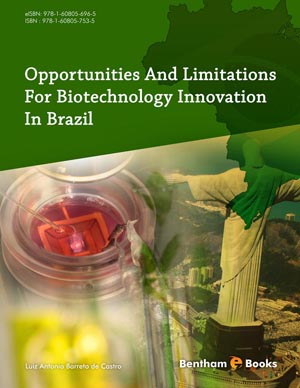Abstract
If breeders use a limited number of genes in their new resistant varieties, the adaptive capacity of pathogenic populations will ultimately lead to more or less rapid overcoming of these resistances, thus limiting the sustainability of their effectiveness. Qualitative resistance is considered less durable than quantitative resistance since the latter oppose less selection pressure on the pathogen and they are often governed by several resistance genes. Quantitative disease resistance has been observed within many crop plants but is not as well understood as qualitative (monogenic) disease resistance and has not been used as extensively in breeding. Mapping quantitative trait loci (QTLs) is a powerful tool for genetic dissection of quantitative disease resistance.
Keywords: Additive effect, Marker-Assisted Selection, Molecular markers associated to QTLs, Quantitative trait loci (QTL), Resistance durability.












